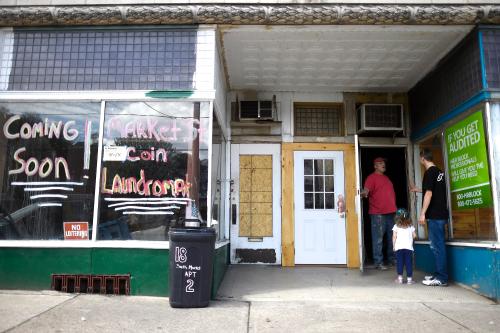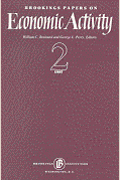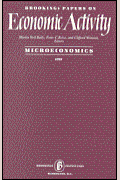Summary
Like the population, the business sector of the U.S. economy is aging. Our research shows a secular increase in the share of economic activity occurring in older firms—a trend that has occurred in every state and metropolitan area, in every firm size category, and in each broad industrial sector.
The share of firms aged 16 years or more was 23 percent in 1992, but leaped to 34 percent by 2011—an increase of 50 percent in two decades. The share of private-sector workers employed in these mature firms increased from 60 percent to 72 percent during the same period. Perhaps most startling, we find that employment and firm shares declined for every other firm age group during this period.
We explore three potential contributing factors driving the increasing share of economic activity occurring in older firms, and find that a secular decline in entrepreneurship is playing a major role. We also believe that increasing early-stage firm failure rates might be a growing factor.
We are unable to find strong evidence of a direct link between business consolidation and an aging firm structure. Though we document a clear rise in consolidation during the last few decades, it doesn’t appear to be a major contributor to business aging directly—which has been occurring across all firm size classes, and the most in the smallest of businesses.
This leaves some questions unanswered, but it clearly establishes that whatever the reason, it has become increasingly advantageous to be an incumbent, particularly an entrenched one, and less advantageous to be a new entrant.










